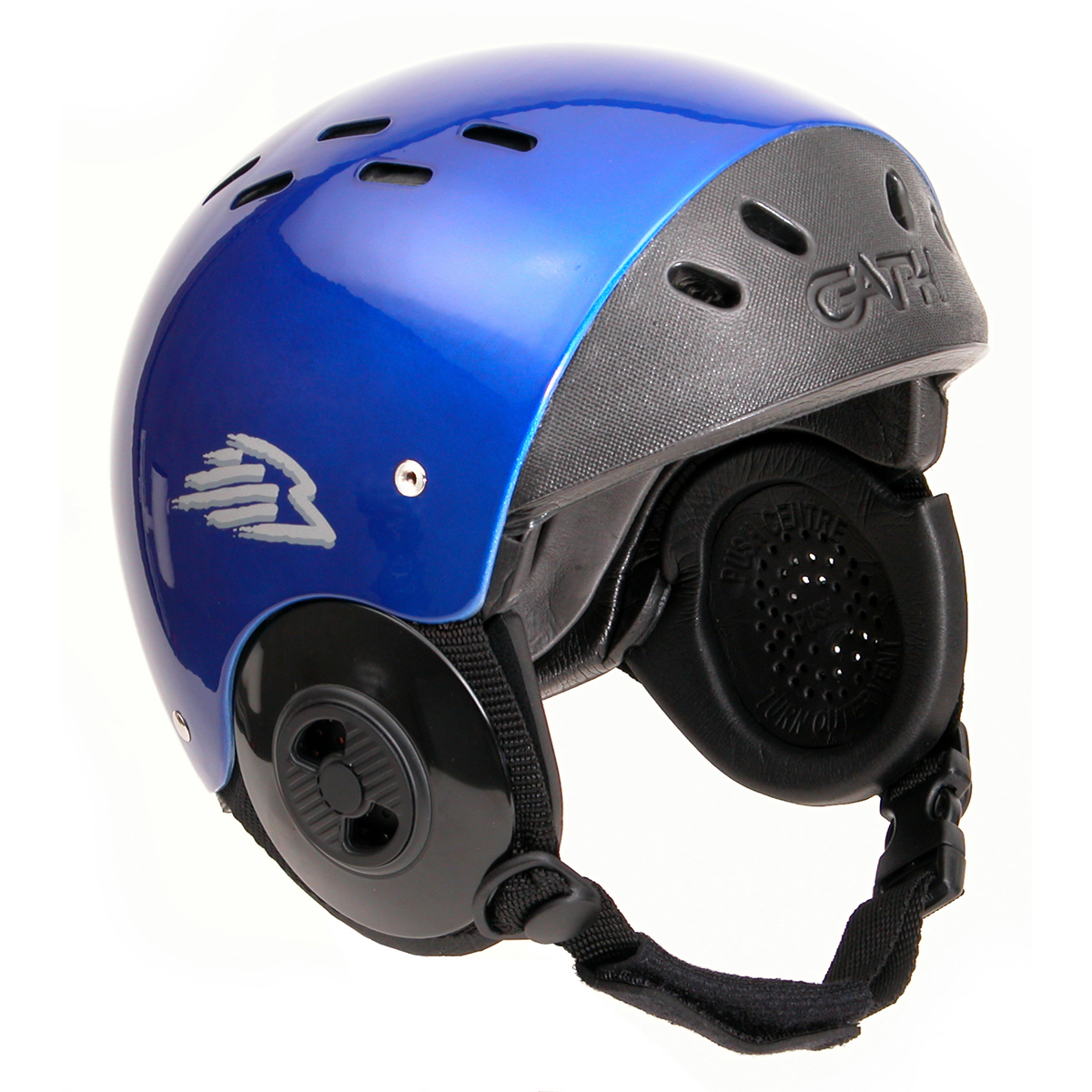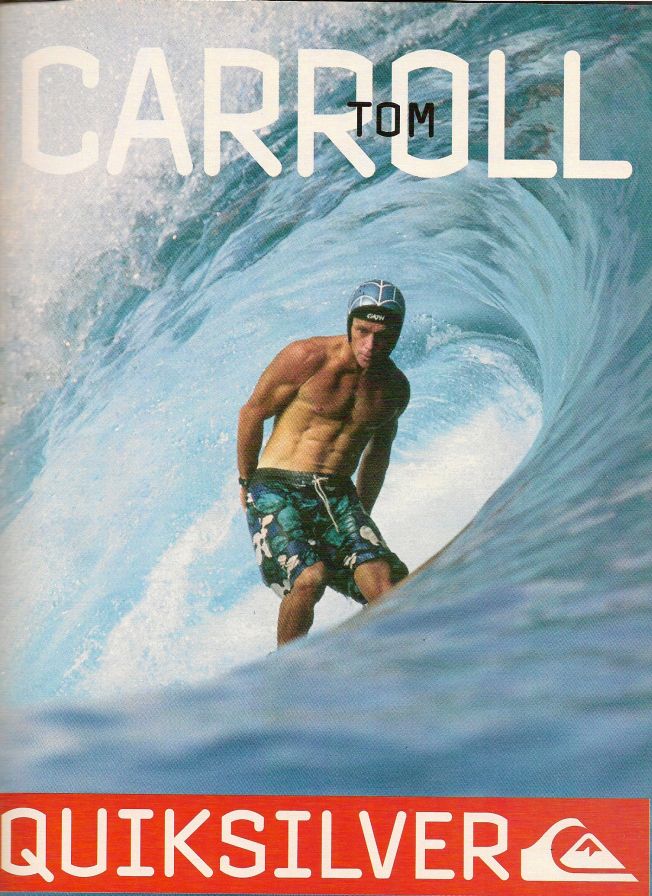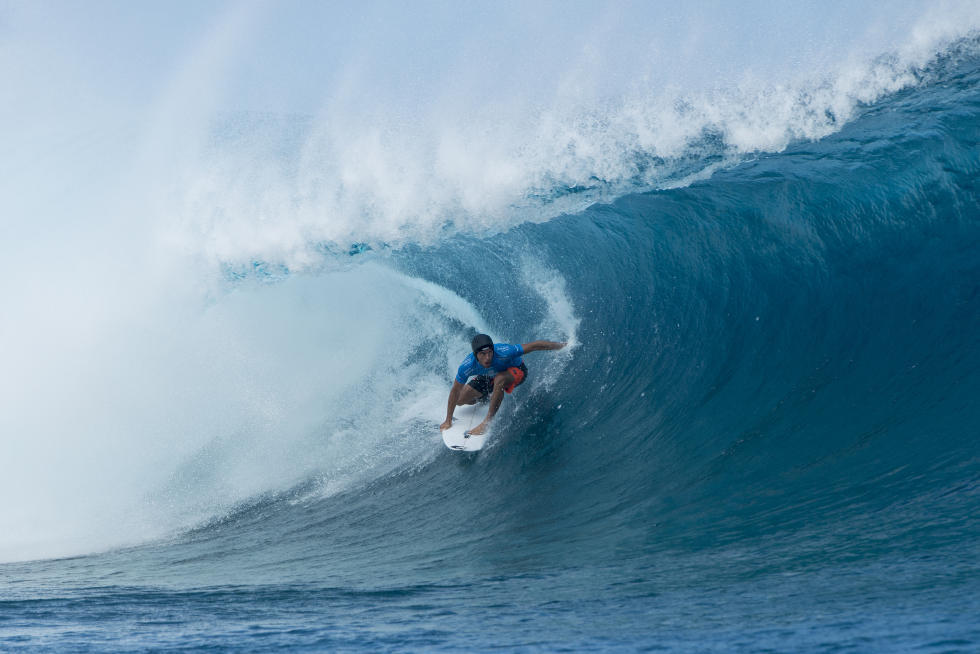The noggin, the lughole (x 2), the tarsus and metatarsus (x 2) — all highly useful body parts for the budding surfer, and all vulnerable to injury and illness. Stave off head trauma, surfer’s ear and pesky cuts with these three nifty items of surf safety equipment: helmet, earplugs and reef boots.
Surfing Safety Equipment: Surf helmets
Head injuries are the worst sort of injury, and this is especially so in the sea, where unconsciousness can lead easily to drowning even without the added complication of large surf. Moreover, the surfer’s head is a very exposed area; one recent study carried out in southwest France found that 51% of injuries sustained while surfing affected the head (this figure also includes facial lacerations, nasal fractures, etc.).
High-profile cautionary tales aren’t hard to find. After hitting his head on the reef at Pipeline in December of 2015, former world no. 3 Owen Wright suffered a bleed on the brain, and has since had to learn to surf again almost from scratch; ten years previously at the same spot, Tahitian big wave surfer Malik Joyeux was knocked unconscious — probably by his own surfboard — and drowned.

Some surfers, several professionals among them, opt to wear a specially designed surfing helmet, particularly when surfing over reef or in heavy crowds. Tom Carroll, who was twice crowned world champion in the ‘80s, is surfing’s foremost exponent of the helmet, and insists on wearing one whenever he surfs heavy waves such as Pipeline.

The brand of choice among surfers is Gath, in fact the Australian company may be the only brand that specialises in helmets designed specifically for surfing. It was a Gath helmet that Jeremy Flores wore to victory at the 2015 Pro Tahiti (Flores had suffered a severe facial injury in the preceding weeks, and wore the helmet to prevent further damage); North Shore charger Liam McNamara famously favoured one with a built-in visor. Lightweight, snug and breathable, Gath helmets retail for around £90, and are also popular among surf kayakers, kitesurfers, windsurfers, etc.



